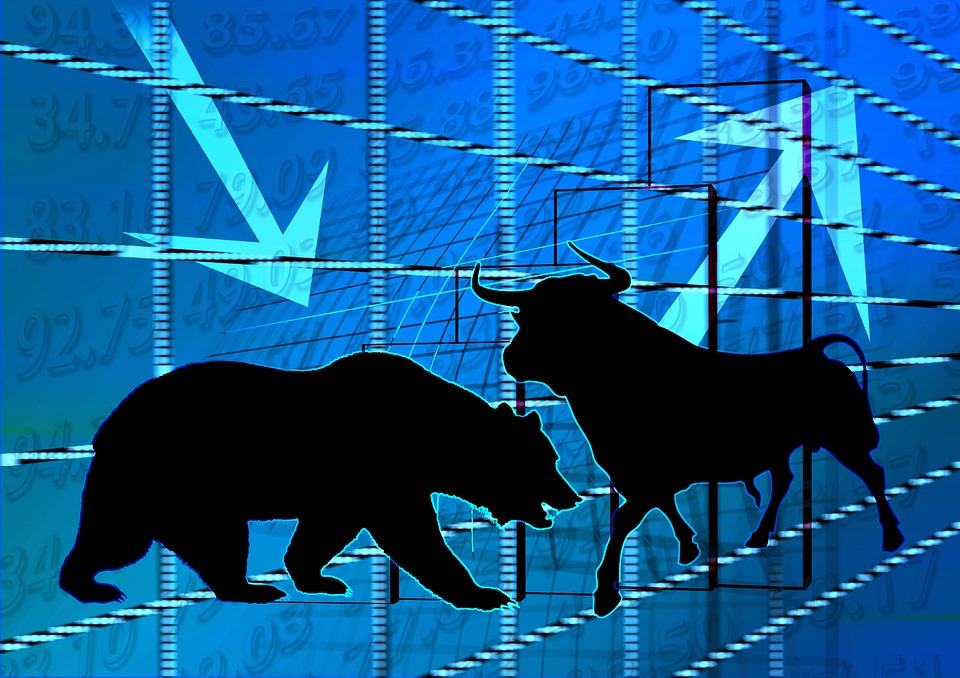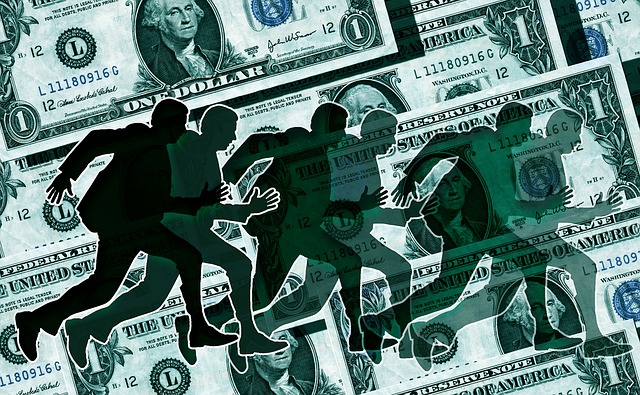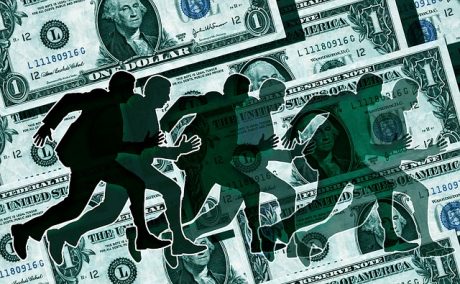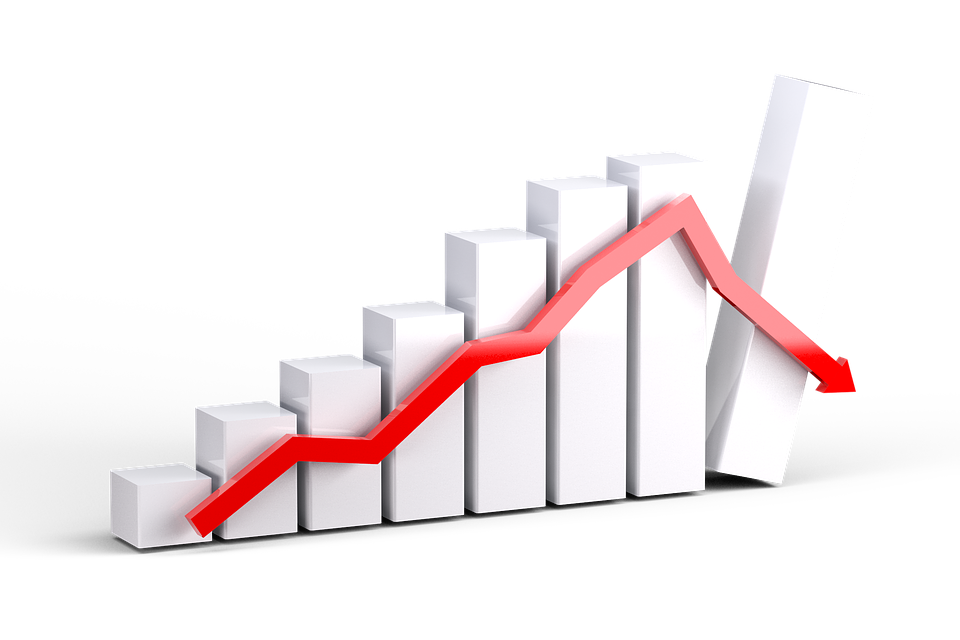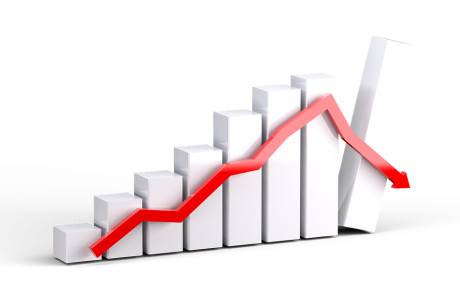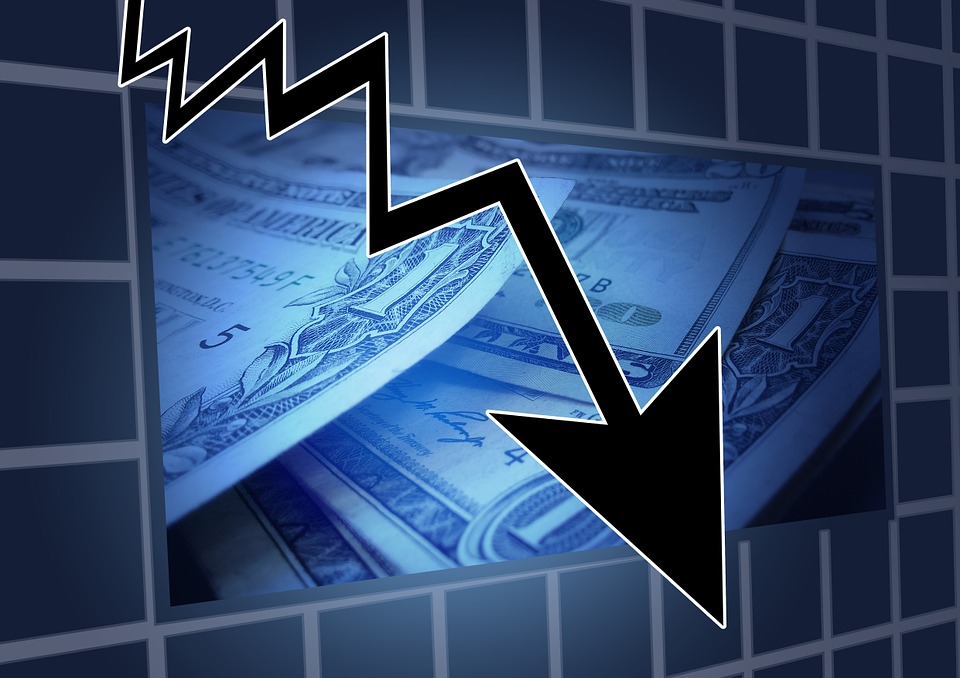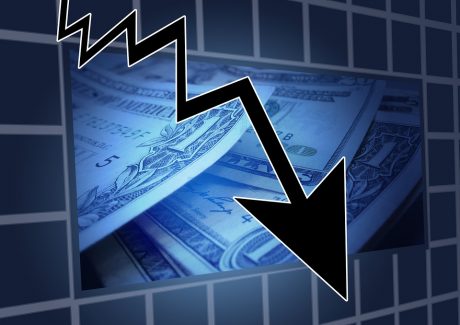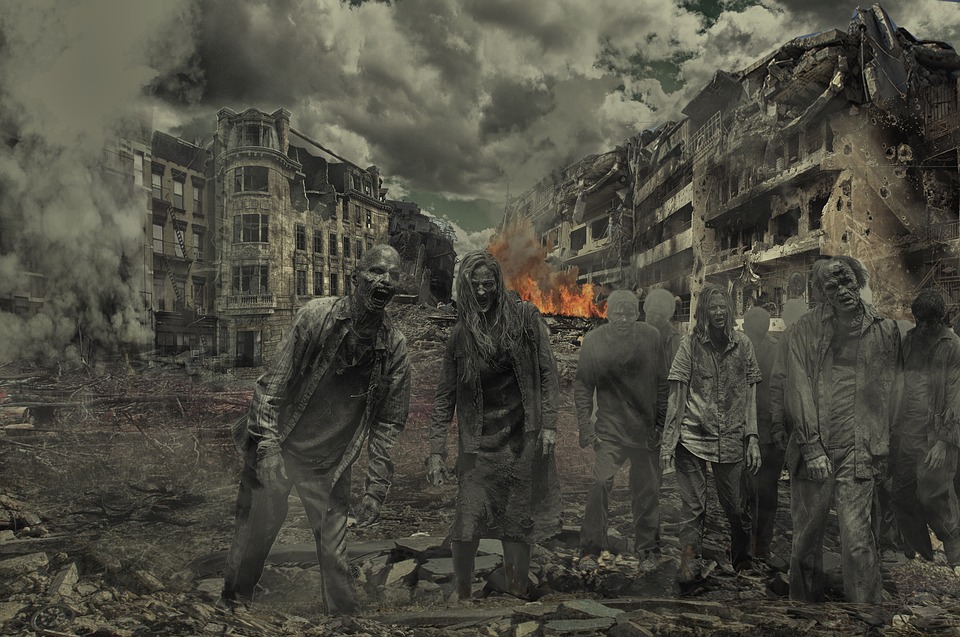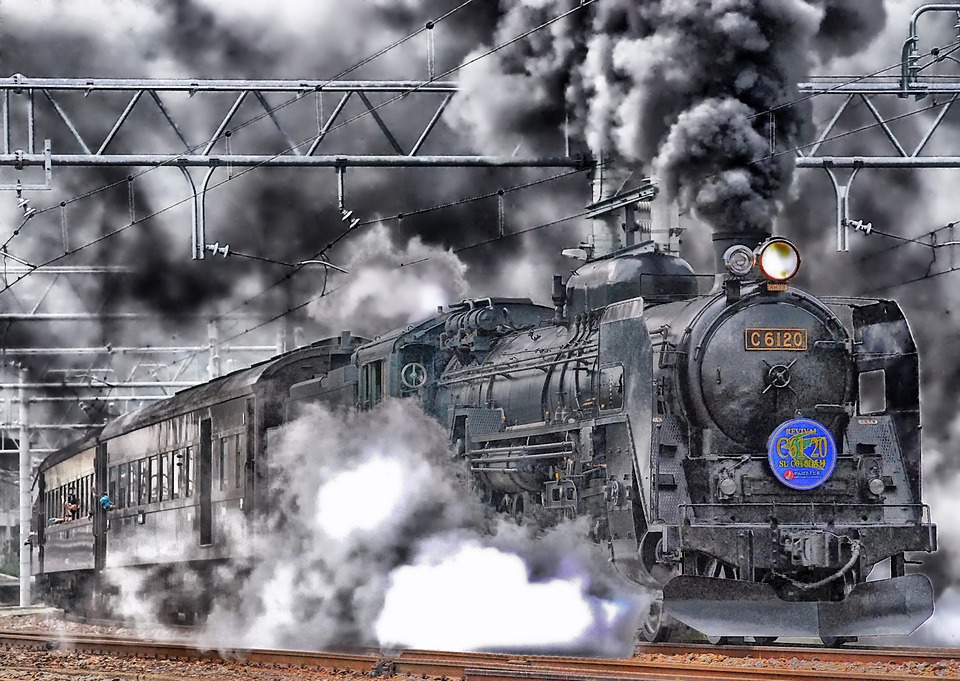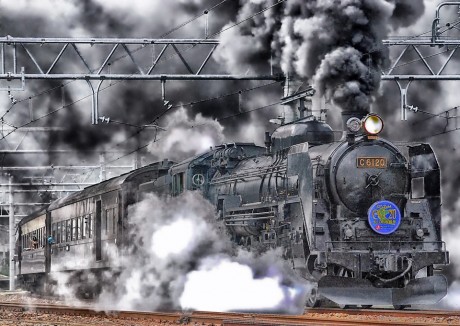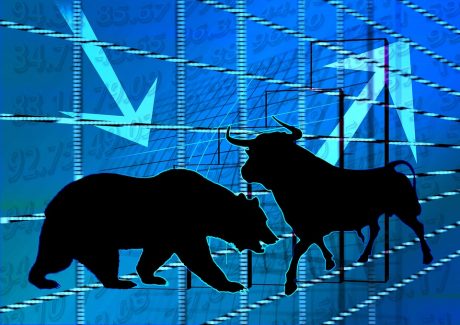 We just witnessed the 5th largest single day stock market crash in U.S. history. On Thursday the Dow Jones Industrial Average plunged 724 points, and many believe that this is just the beginning of another huge wave down for stock prices. After this latest dramatic decline, the Dow is now down 3.1 percent so far in 2018, and overall it is down 9.99 percent from the all-time high in January. A 10 percent decline is officially considered to be “correction” territory, and that means that we are just about there.
We just witnessed the 5th largest single day stock market crash in U.S. history. On Thursday the Dow Jones Industrial Average plunged 724 points, and many believe that this is just the beginning of another huge wave down for stock prices. After this latest dramatic decline, the Dow is now down 3.1 percent so far in 2018, and overall it is down 9.99 percent from the all-time high in January. A 10 percent decline is officially considered to be “correction” territory, and that means that we are just about there.
So why are stock prices falling so much? Well, USA Today is blaming the potential for a trade war with China, the latest Facebook scandal and “the impact of rising interest rates on the economy”…
U.S. stocks sold off sharply Thursday, with the Dow tumbling more than 700 points amid growing fears of a trade fight between the U.S. and its trading partners after President Trump said he will impose billions of dollars in tariffs on Chinese imports.
The heavy selling on Wall Street was exacerbated by continued weakness in shares of Facebook as well as concerns about the impact of rising interest rates on the economy.
Of course the possibility of a trade war between the two largest economies on the planet is certainly the greatest concern that the markets are grappling with at the moment. According to Ian Winer, any sign of retaliation by China “will really spook people”…
“A global trade war, whether it’s real or perceived, is what’s weighing on the market,” said Ian Winer, head of equities at Wedbush Securities. “There’s this huge uncertainty now. If China decides to get tough on agriculture or anything else, that will really spook people.”
Trump announced tariffs on about $50 billion worth of Chinese imports on Thursday afternoon. It’s not clear which products will be hit, but the action is aimed at curbing China’s troubling theft of US intellectual property.
And we can be quite sure that China will retaliate.
In fact, before the end of the day on Thursday the Chinese embassy boldly declared that China will “fight to the end”…
The Chinese embassy released a statement late Thursday saying China “would fight to the end..with all necessary measures.”
What people need to understand is that China has been taking advantage of us for decades.
For example, many U.S. vehicles cost three times as much in China because of all the tariffs that China slaps on them. But we have been allowing China to flood our shores with giant mountains of super cheap goods with no tariffs at all.
This is why we have been buying far more from China than they have been buying from us. It has been an unfair playing field. As a result of our massive trade deficit with China, they have been systematically getting wealthier and we have been getting poorer.
Since China joined the WTO in 2001, we have lost more than 70,000 manufacturing facilities and millions of good paying jobs. We have to beg China to lend us back a lot of the money that we send to them, and as a result the Chinese now own more than a trillion dollars of our national debt.
So we simply cannot afford to continue to allow China to take advantage of us, but if we start standing up to them it is inevitable that they will strike back. Here are just a few of the things that they could do…
1. Impose higher tariffs on all US exports to China
2. Restrict market access for US firms in China
3. Provide preferential treatment to US competitors
4. Restrict US travels by Chinese nationals
5. Sell US treasuries and buy other government bonds
But what is the alternative?
Should we just continue to allow China to walk all over us?
Hopefully we can negotiate with China without causing a horrible trade war, because without a doubt trade wars are not good for the global economy…
Trade wars are bad for the global economy, as they cause prices that consumers and businesses pay for goods and services to rise. A rise in inflationary pressures could prompt the U.S. central bank to speed up its pace of interest rate hikes, which could slow economic growth. Trade skirmishes can also hurt U.S. exports and corporate earnings.
And in the short-term, any news about a potential trade war will continue to rattle the financial markets. At this point more than half of the companies on the S&P 500 are already in “correction territory”, and dozens of companies are already down at least 20 percent from their one year highs…
The U.S. stock market is under pressure once again, with more than half the S&P 500 falling into correction territory.
More than 275 components in the broad index were down at least 10 percent from their 52-week highs as of 11:04 a.m. ET. Of those companies, 84 were in bear-market territory, or down at least 20 percent from their one-year high.
As most of you already know, my race for Congress is extremely close and voting day is on May 15th. If you would like to send someone to Washington that understands the long-term economic and financial challenges that we are facing, I would very much encourage you to get involved. If you would like to make a financial contribution, there are several ways that you can do that…
Donate By Credit Card Online: https://secure.anedot.com/michaelsnyderforcongress/donate
Donate By Paypal: https://donorbox.org/michael-snyder-for-congress
Donate By Check: Make your check out to “Michael Snyder For Congress” and send it to the following address…
Michael Snyder For Congress
PO Box 1136
Bonners Ferry, ID 83805
We have already seen more financial shaking in 2018 than we have during any year since the great financial crisis of 2008.
Hopefully things will settle down in the days ahead, but I wouldn’t count on it. Our long-term economic and financial problems are really starting to catch up with us, and Donald Trump is trying to navigate our ship through some very rough waters.
As always, let us hope for the best, but let us also get prepared for the worst.
Michael Snyder is a pro-Trump candidate for Congress in Idaho’s First Congressional District. If you would like to help him win on May 15th, you can donate online, by Paypal or by sending a check made out to “Michael Snyder for Congress” to P.O. Box 1136 – Bonners Ferry, ID 83805. To learn more, please visit MichaelSnyderForCongress.com.
